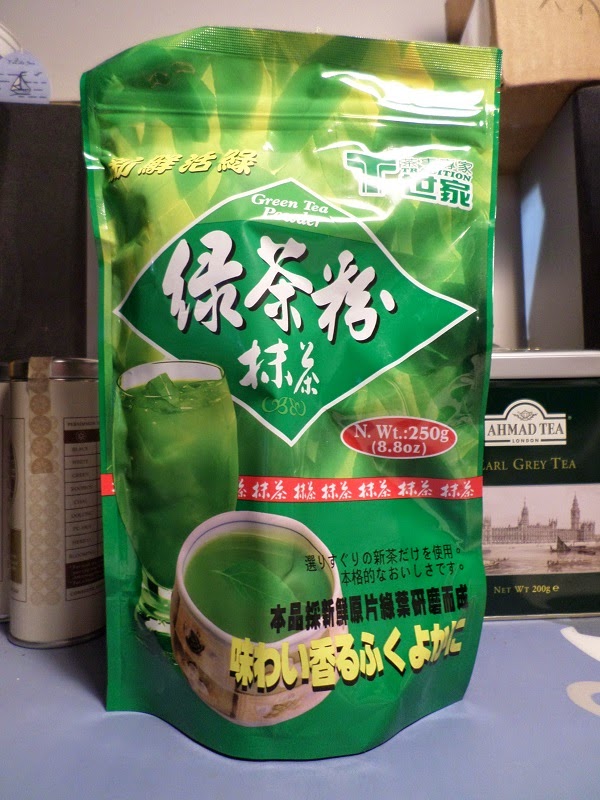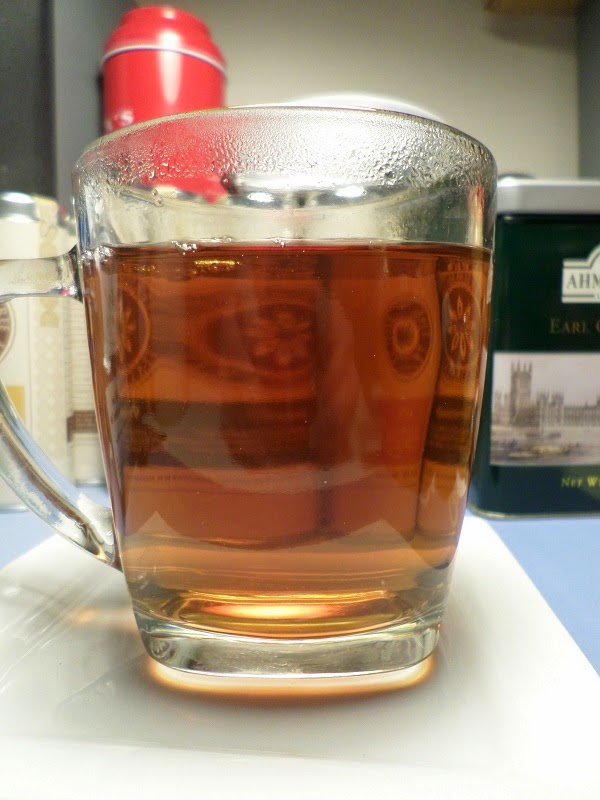The Persimmon Tree Description:
Our Masala Chai tea combines premium organic Assam black tea leaves with warming cardamom, cinnamon, ginger, cloves, and other fragrant spices. This tea is finely balanced to create the perfect aromatic blend for you to enjoy black, or as it has been traditionally enjoyed, with milk and sugar.
Ingredients:
Organic Black Loose-Leaf Tea, Organic Cardamom, Organic Cinnamon, Organic Cloves, Organic Ginger
Sample provided by The Persimmon Tree Tea Company
My Review:
This month, for whatever crazy reason, I selected two teas from The Persimmon Tree that I normally would not drink. The first was French Vanilla Bean. It was really good. Today I am trying Masala Chai.
I have not had much love for chai in the past. Generally, I find it too over spiced for my tastes. I don't mind any of the ingredients in it, however the ginger is usually too heavy for me and a lot of companies add copious amounts of pepper.
I have come to expect The Persimmon Tree to venture off the path a little bit and deliver a balanced tea that is not overwhelming. Let's find out what happens...
I open the tin and the spices are pleasantly drifting into the air. I can make out more than just the ginger, so nice start.
The assam black tea appears to be little pellets. I also see ginger and cinnamon bark. I have no idea what cloves and cardamon look like. Probably, I am looking straight at them and don't know it.
I used my mug with a steel filter basket. The filtered water was heated to 195 F. The steep was, honestly who knows. My wife had me making her toast, as the toaster is in my den. I also heated a sandwich in the microwave. I am guessing 4-5 minutes.
Normally that would concern me, but traditionally chai is simmered on the stove for 8 minutes or so. As you can see mine came out plenty dark, yet it is not harmed.
The traditional method of brewing chai is to simmer it in milk or a combination of milk and water and use lots of sugar. I chose to use water only and make a western cup of black chai.
The taste as prepared is pleasant. The spices are all present but not overpowering. This may not please the purist but I am impressed. Or maybe once again this is what chai was supposed to taste like all along and what I have tried has not been so good?
The strangest part of this cup is that the assam tastes very fruity and almost green. I am thinking it is the interaction of the base with the ginger. I detect no bitterness and really little if any astringency.
Next, I added one packet of sweetener (Splenda), as chai is usually served very sweet. I think this brings out the spices, especially the ginger, without it becoming too heavy handed. The assam still has that interesting fruity green thing going on.
Finally, I added milk. I never add milk (except to my morning green tea powder), but this is chai, so I added milk. Shazam! This is really good. Past experience has been that milk mellows and mutes the flavor in the cup. That is why it is often added to strong bitter breakfast teas. Here it has done just the opposite. The flavors have spread out. I especially notice the cardamon now. Not that it is stronger than the other spices, rather it finally is asserting itself.
For the first time ever, I can say I actually enjoyed a mug of chai. So much so, I intend to try this again by simmering it over the stove in milk with sugar. Call me crazy. The chai monster in me may have just been awakened!
You can find Masala Chai here.



















































